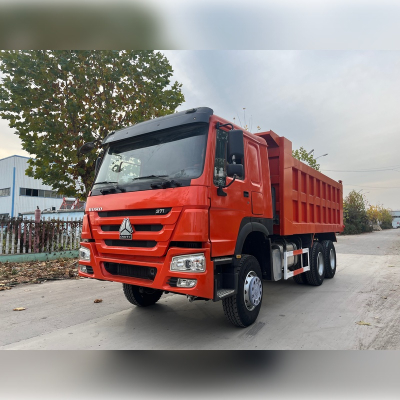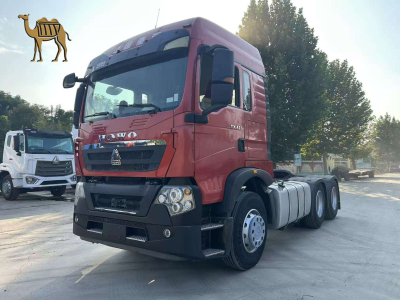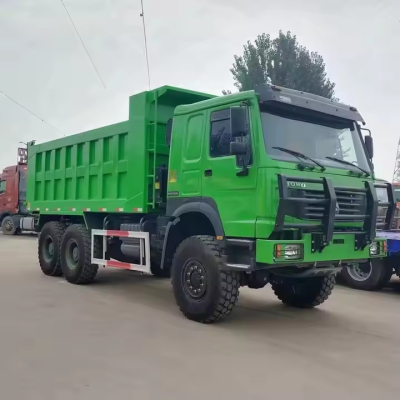Sharing Fuel Consumption Optimization Solutions for Tractor Trucks
Sharing Fuel Consumption Optimization Solutions for Tractor Trucks
With fuel prices still volatile all over the world and logistic expenses still elevated, fuel consumption savings and transportation efficiency enhancement are now the number one priority for every transport company and trucking provider.
Fuel normally accounts for 30%–40% of total operating expense in most fleets. A deployed fuel optimization solution can attain straight economic benefit.
Simplified below is a checklist of proven and effective tips collected from decades of manufacturing experience and consumer feedback to help tractor truck users obtain the optimal mileage from every liter of gas.
I. Optimization of Vehicle Configuration — Save Right from the Start
1、Choose Suitable Engine Power and Gear Ratio
For a long-distance 6×4 tractor truck, the best range of engine power is 380–430 HP. The gearbox and rear axle ratio are harmonized to keep the engine in the economic speed range of 1200–1600 rpm, which is fuel-saving.
2、Lightweight Design
Replacement of aluminum alloy fuel tanks, wheels, and chassis components lightens the vehicle's weight by 300–500 kg, while fuel efficiency is around 1–2 liters per 100 km.
3、Tire Selection and Pressure Management
Low rolling resistance tires and the best tire pressure (around 8.5–9.0 bar) reduce friction and unwanted energy consumption directly.
II. Optimization of Driving Behavior — Good Driving Habits Save Over Half of the Fuel
1、Smooth Driving
Avoid sudden braking or hard acceleration. Allow the vehicle to roll freely in the economical zone of the engine's speed.
2、Correct Gear Changing and Coasting
Use the "early upshift, late downshift" principle. Wherever safe to do so, use momentum for coasting and not waste fuel unnecessarily.
3、Regulation of Idling Time
Idling for one hour takes 2–3 liters of fuel. If it is to remain stationary for more than three minutes, turn off the engine.
III. Routine Maintenance — Good Condition, Low Fuel Consumption
1、Change Oil and Filters Regularly
New oil and new filters reduce friction, ensure complete combustion, and increase overall efficiency.
2、Check Fuel Injection and Air Intake Systems
Carbon fouling of injectors or clogged air filters result in incomplete combustion and higher fuel consumption.
3、Check Tires, Brakes, and Suspension Regularly
Any mechanical drag, such as dragging brakes or uneven tire wear, contributes to rolling resistance and fuel consumption.
IV. Effective Management — Technology Supports Efficiency
1、Implement Fuel Monitoring Systems
Real-time fuel consumption, driving patterns, and routes are monitored by telematics systems, giving fleet managers data-driven choices.
2、Optimize Routing and Dispatching
Smart dispatch systems avoid traffic jams and poor routes, optimizing maximum delivery efficiency and minimum fuel loss.
3、Driver Training and Incentive Systems
Provide driver training in economical driving and institute performance-based incentives to enable continuous improvement.
VI. Conclusion
Truck fuel optimization is not a single-step process — it's a multi-step process with choosing the right truck, managing properly, keeping them in good working condition on a regular basis, and using technology.
Every gallon of fuel conserved makes a company more competitive and the transportation industry greener and more efficient.
Shandong Camel will always be dedicated to developing fuel-efficient technology and providing customers with efficient and reliable transport solutions.
Efficiency and economy gain — start with every drop of fuel.














